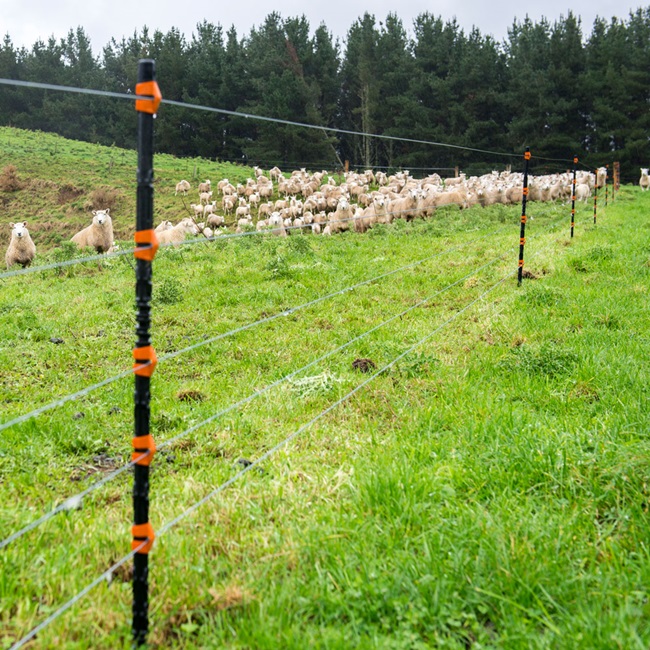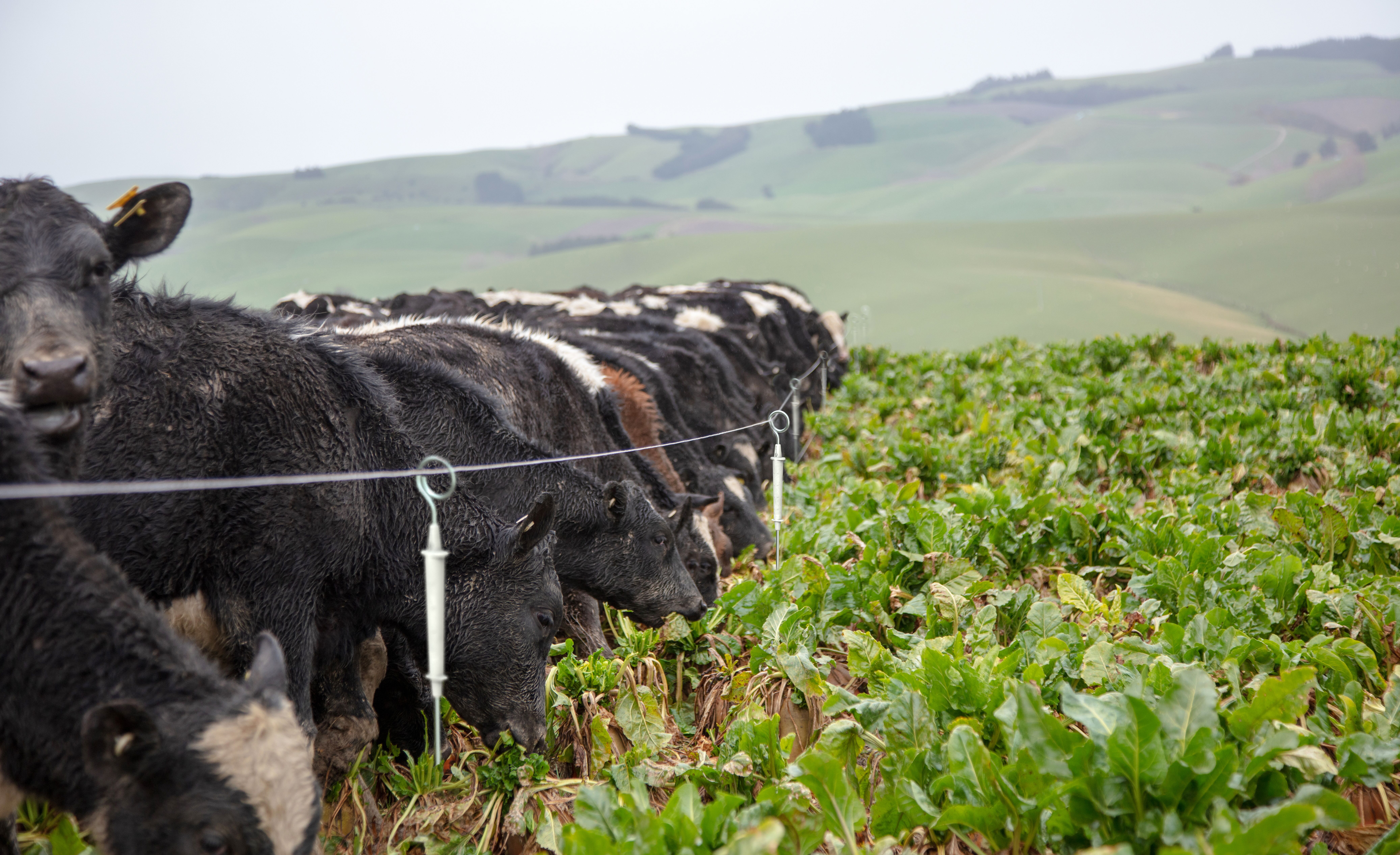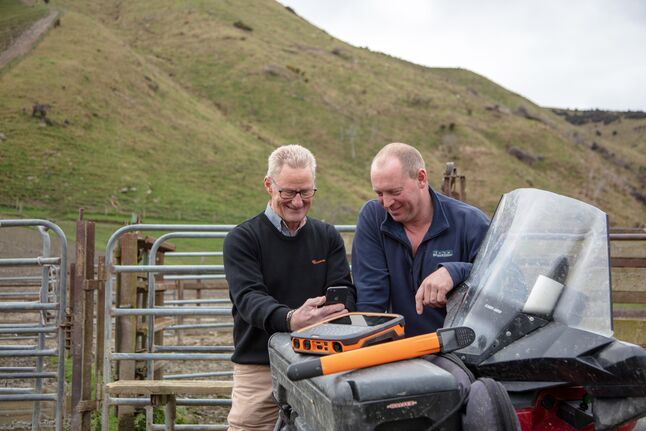Qu'est-ce qu'une clôture électrique?
Il s'agit d'un système dans lequel un grand pâturage est divisé en petites parcelles, ce qui permet au bétail d'être concentré dans une petite parcelle pendant un certain temps avant de passer à la suivante. Le temps que le bétail passe dans chaque enclos dépend du type d'exploitation agricole que vous menez et de la culture ou du pâturage. La gestion des pâturages est également connue sous le nom de pâturage en rotation, pâturage géré, pâturage programmé, pâturage différé et gestion holistique.
Pourquoi est-ce efficace?
La gestion du pâturage permet une période de repos pour les parcelles, ce qui donne au pâturage le temps de repousser efficacement et d'améliorer le rendement. S'il est bien pratiqué, il peut aider les agriculteurs à accroître la productivité, à augmenter le poids du bétail et à réduire le gaspillage.La méthode traditionnelle de pâturage est appelée « mise en réserve », où le bétail peut paître à sa guise dans un grand enclos. Cette méthode fait que le bétail mange d'abord l'herbe qu'il aime, ce qui peut conduire à une surpâturage de ces espèces et à la prolifération des espèces moins recherchées. Il peut en résulter une invasion de mauvaises herbes, des racines affaiblies et des taux de croissance plus faibles.
Principales considérations
Le nombre et la taille des zones de pâturage
Il est important de veiller à ce que les sections de pâturage puissent se reposer et repousser.
La durée du pâturage
Plus la rotation est régulière, de préférence tous les quelques jours, plus le pâturage passe de temps à pousser plutôt qu'à être brouté.
Nombre d'animaux dans chaque zone de pâturage
La densité de peuplement détermine l'efficacité avec laquelle la surface allouée est pâturée.
Comment fonctionne le pâturage tournant?
Le fait de diviser les pâturages et de donner au bétail des périodes de pâturage fixes permet une croissance optimale de l'herbe. Lorsque l'herbe est très courte ou très longue, le taux de croissance est lent. Faire paître l'herbe au niveau Boucles d'or - ni trop courte, ni trop longue - signifie qu'elle peut repousser au rythme le plus optimal.
En créant davantage de petites parcelles (ou « subdivisions ») et en déplaçant plus fréquemment le bétail entre elles, chaque zone de pâturage passe plus de temps sans bétail, ce qui augmente la période de récupération du pâturage et lui permet de devenir plus épais et plus fort, aussi bien en surface qu'en profondeur.
Meilleures pratiques
Pour un pâturage optimal, les animaux sont déplacés tous les 1 ou 2 jours. Le nombre d'animaux et la taille des subdivisions sont organisés de manière à ce que, pendant l'intervalle de pâturage, le pâturage soit utilisé uniformément jusqu'au niveau résiduel souhaité. Il faut pour cela exercer une pression sur le bétail afin d'éviter le pâturage sélectif. En multipliant les subdivisions et en augmentant la fréquence des déplacements du bétail, on améliore l'efficacité du pâturage. Dans de nombreuses régions, il est possible de doubler le gain de poids à l'hectare en mettant en œuvre un régime de gestion ou de rotation des pâturages.
Optimiser la qualité et la production
Des pâturages en bonne santé contribuent à la rentabilité de l'entreprise, car ils constituent une source inépuisable de nourriture pour le bétail. Les clôtures électriques ont révolutionné les techniques de gestion des pâturages, en fournissant des systèmes permanents et portables pour subdiviser les pâturages afin de les rendre plus efficaces, en gardant l'herbe fraîche, courte, à haute teneur énergétique et appétente. Cela permet en fin de compte d'augmenter la production de lait et de viande.
En règle générale, une combinaison de clôtures électriques permanentes et portables constitue le meilleur système de contrôle des animaux. Elles sont peu coûteuses, très fiables et configurables pour obtenir le modèle de pâturage dont vous avez besoin. S'il existe une bonne clôture extérieure, un système de pâturage peut être testé avec seulement quelques enrouleurs, des normes à anneaux et un électrificateur solaire portable.
Lorsque les résultats souhaités sont atteints, un système de clôture électrique permanent peut être installé afin de réduire la main-d'œuvre nécessaire pour ériger continuellement des clôtures ou déplacer le bétail.
Clôture permanente
Les clôtures électriques permanentes sont moins coûteuses que les clôtures non électriques conventionnelles et durent plus longtemps. Les clôtures permanentes utilisent des fils de clôture hautement conducteurs et résistants à la corrosion, ainsi que des poteaux en bois, en acier, en fibre de verre ou des poteaux isolés Gallagher, associés à des composants permettant aux clôtures de conserver leur aspect et de fonctionner efficacement pendant toute leur durée de vie.
La disposition des clôtures doit être conçue de manière à faciliter les déplacements du bétail et à permettre une subdivision plus poussée à l'aide de clôtures mobiles, ce qui permet un meilleur contrôle des animaux dans l'ensemble.
Les couloirs et les portails facilitent les déplacements des animaux vers la zone de pâturage suivante, ce qui améliore également le bien-être des animaux.
Voir tous les produits de clôtures permanentes
Besoin d'aide pour trouver
les produits et les quantités
et les quantités ?
Clôtures portatives
Les clôtures électriques portables sont faciles à transporter, à monter et à démonter, ce qui permet une flexibilité totale, soit dans le cadre d'un système de clôture électrique permanent, soit dans le cadre d'un système de clôture traditionnel, non électrifié, utilisant l'énergie d'un électrificateur portable.
Les poteaux Ring Top ou Pigtail sont une option populaire pour les clôtures portables destinées aux vaches laitières et au bétail. Les poteaux à fils multiples permettent de fixer les fils à différentes hauteurs et peuvent donc être utilisés pour tous les autres animaux.
Les bobines contiennent le ruban, la tresse ou le fil pour la clôture portable. Vous pouvez utiliser une seule bobine pour les clôtures à ligne unique ou jusqu'à quatre bobines, attachées à un support de bobine, pour les clôtures multifilaires.
Les rubans, fils et tresses sont utilisés pour les clôtures portables, plutôt que le fil galvanisé utilisé pour les clôtures permanentes. Les conducteurs Gallagher sont idéaux pour les clôtures électriques portables car ils sont légers, visibles et faciles à enrouler.
Voir tous les produits Clôtures portatives
Besoin d'aide pour trouver
les produits et les quantités
et les quantités ?
La bonne solution pour vos besoins
Un aperçu des produits Gallagher en action




